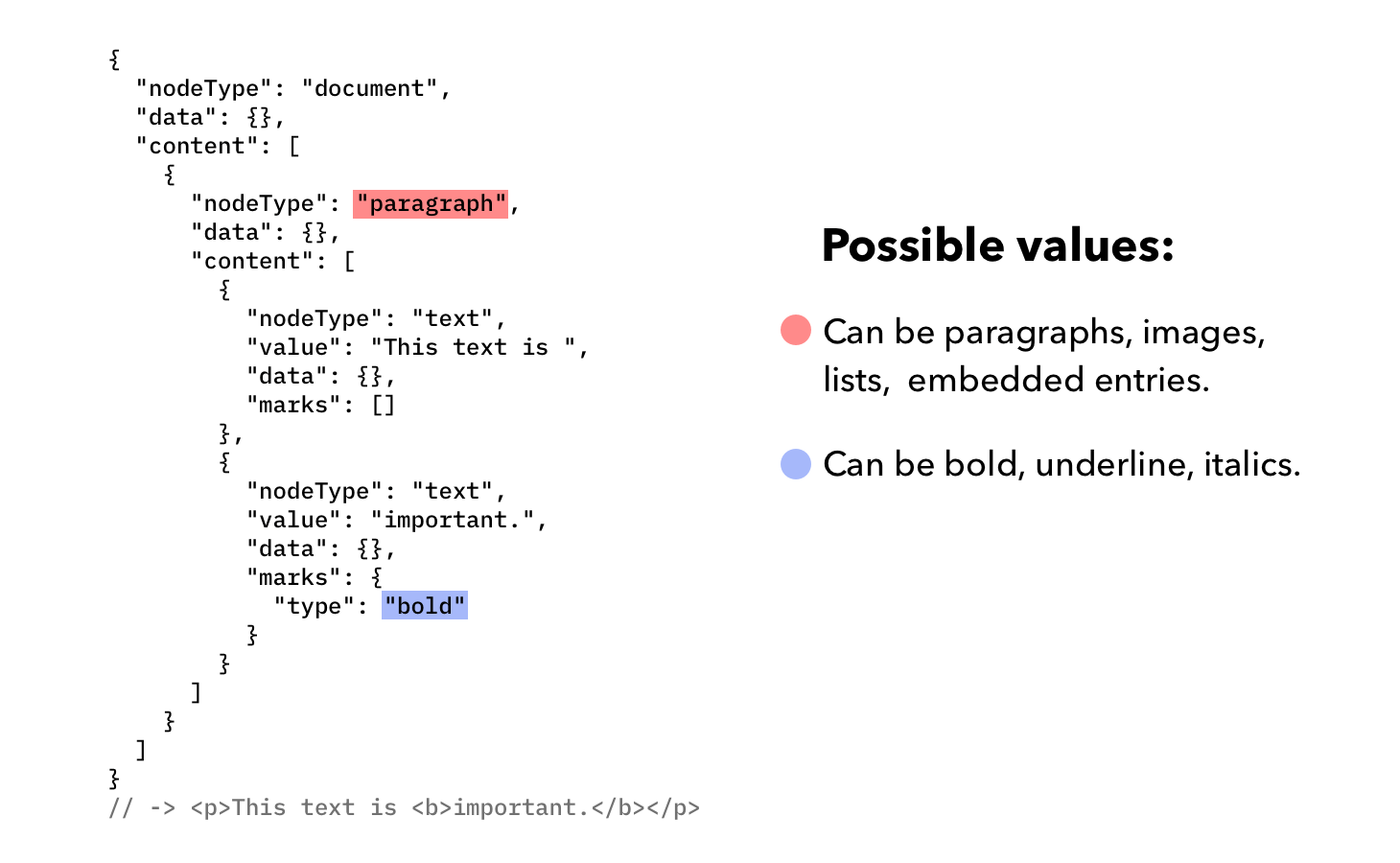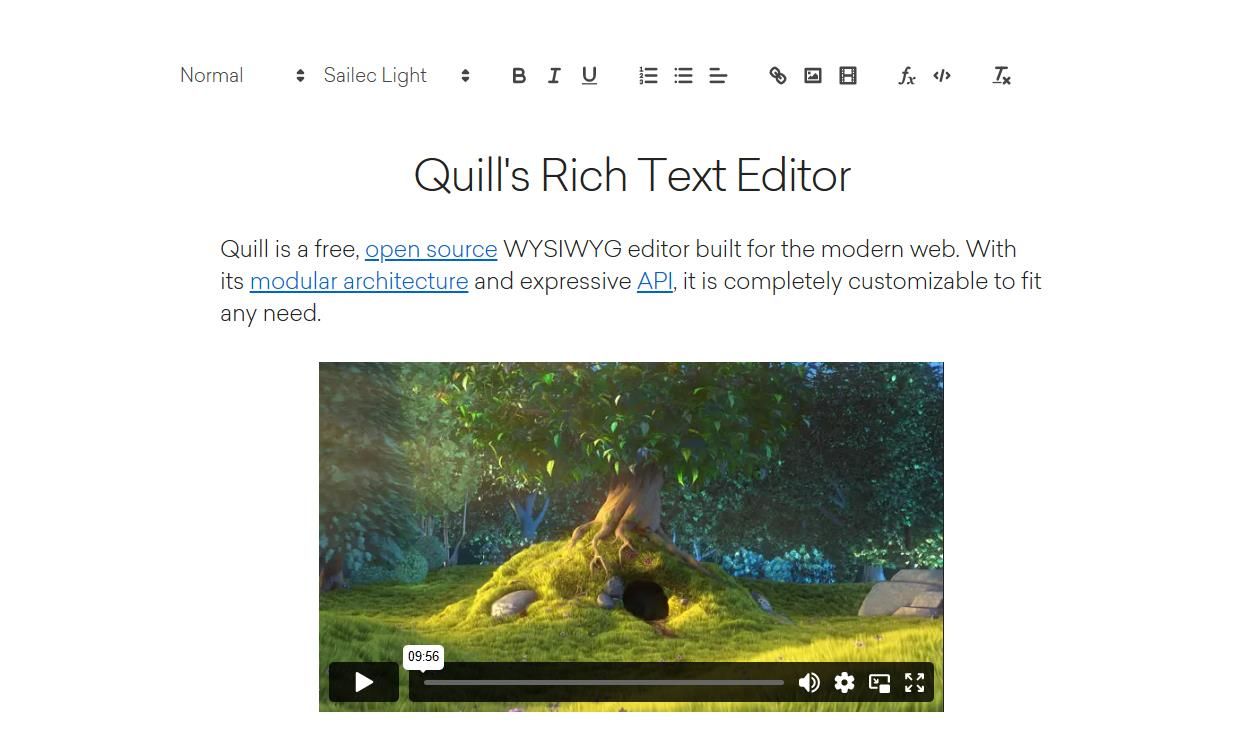

One way to add a personal touch to your plain text email is to greet the receiver with their name.īrands who really know their customers separate themselves from their competitors in the way they connect first-party data and weave it into these communications. In fact, more than 70% of consumers say that they engage with personalized messages better.Īnd since we have no multimedia in plain text emails, personalization becomes more imperative since you can’t rely on flashy graphics.Īdding a personal touch to the email makes the email much more exciting and interesting for the receiver. Personalization is essential to achieving your desired goal from a plain text email. Here are the main components you should look for in a good plain text email: Personalization Key Components of a Good Plain Text Email The personalization factor makes them impactful, especially when people get so many emails every single day. Even if it is, automated plain text emails still have a higher level of personal touch than most HTML emails. What really separates plain text emails is the way they feel like personal communication from one person to another. Moreover, these emails naturally look good in dark mode also. Plain text emails have a high level of deliverability because they are accessible to any email service provider.


Another example of a plain text email could be a customer rep having a one-to-one conversation to resolve an issue through email. The plain text email is an email you typically send as an individual.įor example, sending an email to your boss will simply be a plain text email. Plain Text Email DebateĪs the name suggests, plain text email only contains plain text without any formatting, and there are no images, stylized fonts, or embedded links. Plain Text Email: Which One Works Best for B2B brands? Plain Text Email: Which One Works Best for Ecommerce? Key Components of a Good Plain Text Email.plain text email debate so you can settle on the right one for your business. In this blog, we will answer all your questions regarding the HTML vs. plain text email debate and find strong opinions on both sides. Marketing teams are typically faced with the HTML vs. The answer lies in choosing the best email format according to your company goals, industry, and target audience. So how can you ensure you stay on top of your email game and stand out from the pack? Some of those emails might be from your competitors. Let’s accept that customers receive tons of marketing emails daily, weekly, and monthly from people (both personally and for work), media entities, and brands. While the answer to these questions may seem straightforward, the reality is different. As email marketing professionals, we get these questions all the time: What’s the difference between plain text and HTML (or a designed) email? Which one is better? Which one works best in what situation? plain text email debate in the marketing world is far from settled.


 0 kommentar(er)
0 kommentar(er)
